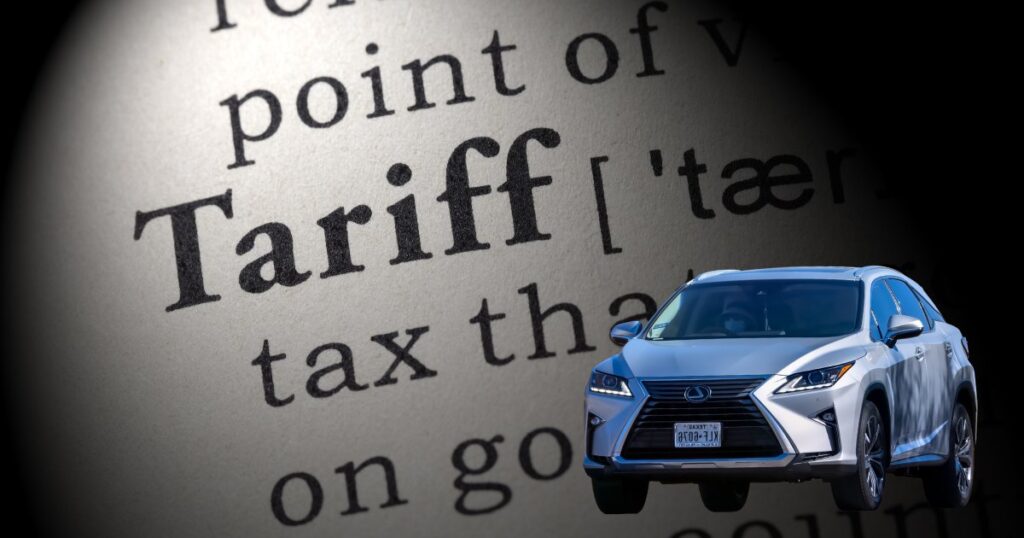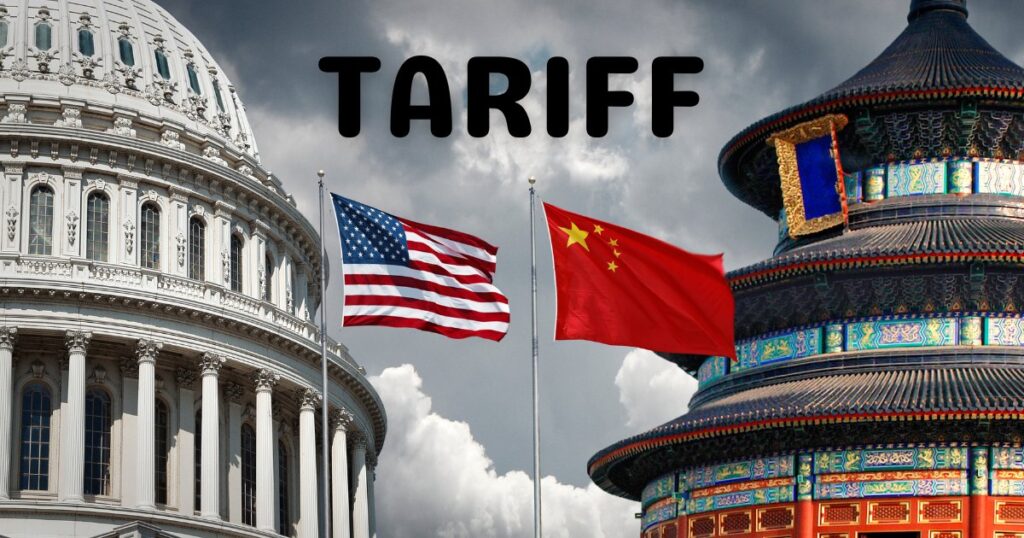As global trade tensions continue to evolve, China’s recent export restrictions on key automotive materials and finished vehicles have triggered a domino effect that’s reshaping tariff strategies worldwide—especially between the United States and Canada. The ripple effect is being felt across North American borders, raising transport costs, straining logistics networks, and forcing shippers to rethink their cross-border operations.
At the heart of the disruption lies the latest round of retaliatory trade moves by China. These policy shifts have led countries to reconsider their own car import/export strategies, and North America is no exception. The result? Higher tariffs, complicated customs procedures, and a noticeable spike in cross-border car shipping costs.
Why North America Should Pay Attention to China’s Export Strategy
In early 2025, China announced restrictions on the export of certain auto-grade steel, lithium for EV batteries, and semiconductors. These actions, aimed at protecting domestic industries and pressuring Western nations, sent a clear message: China is willing to weaponize its dominant position in global supply chains.
As a direct response, the United States began proposing higher import tariffs on Chinese electric and fuel-efficient vehicles. Canada followed suit, prompting a ripple effect in U.S.–Canada transport logistics. Suddenly, moving vehicles across North America became more expensive and bureaucratically complex.
Rising Tariffs: A Global Shift

To grasp the broader picture, here’s how average car import tariffs have changed across key global regions after China’s policy shift:
| Region | Avg. Tariff Before (%) | Avg. Tariff After (%) | Change |
| North America | 10 | 15 | +5% |
| European Union | 8 | 12 | +4% |
| Southeast Asia | 5 | 9 | +4% |
| South America | 6 | 8 | +2% |
| Africa | 4 | 7 | +3% |
In North America, this translates to a 5% average increase in tariffs related to vehicle imports and exports. For companies operating across the U.S.–Canada border, the impact is real—and immediate.
Factors Disrupting Cross-Border Car Shipping

The effects of global tariff restructuring are not just economic—they’re also operational. For logistics providers like US Canada Auto Transport, adapting to these shifts is becoming a daily challenge. Whether it’s rerouting shipments, renegotiating brokerage terms, or educating customers on cost breakdowns, staying agile is the name of the game.
Here are the most common disruptions emerging from the new tariff structure:
- Elevated Vehicle Values at Customs
Because Chinese parts are embedded in many Canadian-assembled cars, declared vehicle values have jumped due to added tariff charges on component materials.
This leads to higher shipping insurance premiums and border taxes, increasing overall shipping expenses. - Delayed Cross-Border Processing
Customs authorities in both the U.S. and Canada are taking longer to process shipments tied to flagged regions or materials.
Even vehicles without Chinese parts are experiencing delays due to heightened scrutiny and policy updates. - Limited Carrier Capacity
Some carriers are reducing cross-border trips due to the cost burden or uncertainty in tariff enforcement rules.
This has led to backlogs, longer wait times, and more expensive priority bookings.
Who Is Feeling the Pressure?
Tariff restructuring is creating ripple effects across a broad spectrum of auto industry stakeholders:
For Dealerships and Resellers
Retailers that relied heavily on cross-border inventory replenishment are now stuck with rising import taxes and longer lead times. Many are scaling back on Canadian imports or looking for domestic alternatives—often at higher prices.
For Private Vehicle Shippers
Individuals relocating between the U.S. and Canada or purchasing vehicles across the border are discovering hidden tariff fees that weren’t applicable just months ago. The result is a sudden jump in out-of-pocket expenses for personal vehicle transport.
For Logistics Companies
Companies like US Canada Auto Transport are absorbing additional administrative workloads to ensure clients stay compliant. With evolving tariff codes and constant documentation updates, offering end-to-end service has become more complex—and more essential.
What You Can Do to Adapt
Staying ahead of the tariff curve requires strategic planning, reliable transport partnerships, and a clear understanding of how cross-border car shipping costs impact local operations. Here’s how to navigate the new normal:
Smart Tactics to Control Shipping Costs
- Choose Carriers with Tariff Knowledge
Working with shippers that specialize in cross-border compliance, such as US Canada Auto Transport, helps you avoid unexpected costs and delays.
Their teams often work closely with customs brokers to fast-track clearance and eliminate costly paperwork errors. - Avoid Peak Shipment Dates
Delaying your shipment to avoid high-volume periods can result in smoother border crossings and lower transport costs.
Weekdays and mid-month shipments tend to see less congestion at ports of entry.
Leverage Logistics to Your Advantage
- Bundle Shipments When Possible
Consolidating multiple vehicle shipments under one customs declaration can reduce per-unit tariff charges.
This method is especially effective for dealerships or exporters with recurring shipments. - Request Detailed Tariff Line Items
Ask for a breakdown of your shipping invoice to identify which charges stem from tariffs and which are transport-related.
This transparency helps in budgeting and determining if certain costs can be negotiated or avoided.
Sustained Impact Over Time
Retaliatory tariff moves will likely continue, particularly in sensitive industries like automotive manufacturing and EV development. North American governments may further adjust their policies in response to China, forcing auto transport providers and customers to remain alert.
Companies such as US Canada Auto Transport are already investing in advanced routing software, customs automation, and tariff monitoring systems. These tools are designed to keep vehicles moving quickly—even as regulations change in real time.
The key takeaway? What happens in Beijing no longer stays in Beijing. Global cross-border car shipping costs now directly affect what you pay to move a vehicle between Michigan and Ontario.
The Bottom Line
Global tariff restructuring, driven largely by China’s evolving export policies, is reshaping how vehicles move across North America. From rising customs charges to increased documentation, every step of the transport journey is now more costly and complex.
But that doesn’t mean you’re powerless. With the right shipping partner—like US Canada Auto Transport—you can navigate this changing landscape with confidence, clarity, and cost efficiency. The more you understand today’s cross-border car shipping costs, the better equipped you’ll be to make smart, future-ready shipping decisions.


